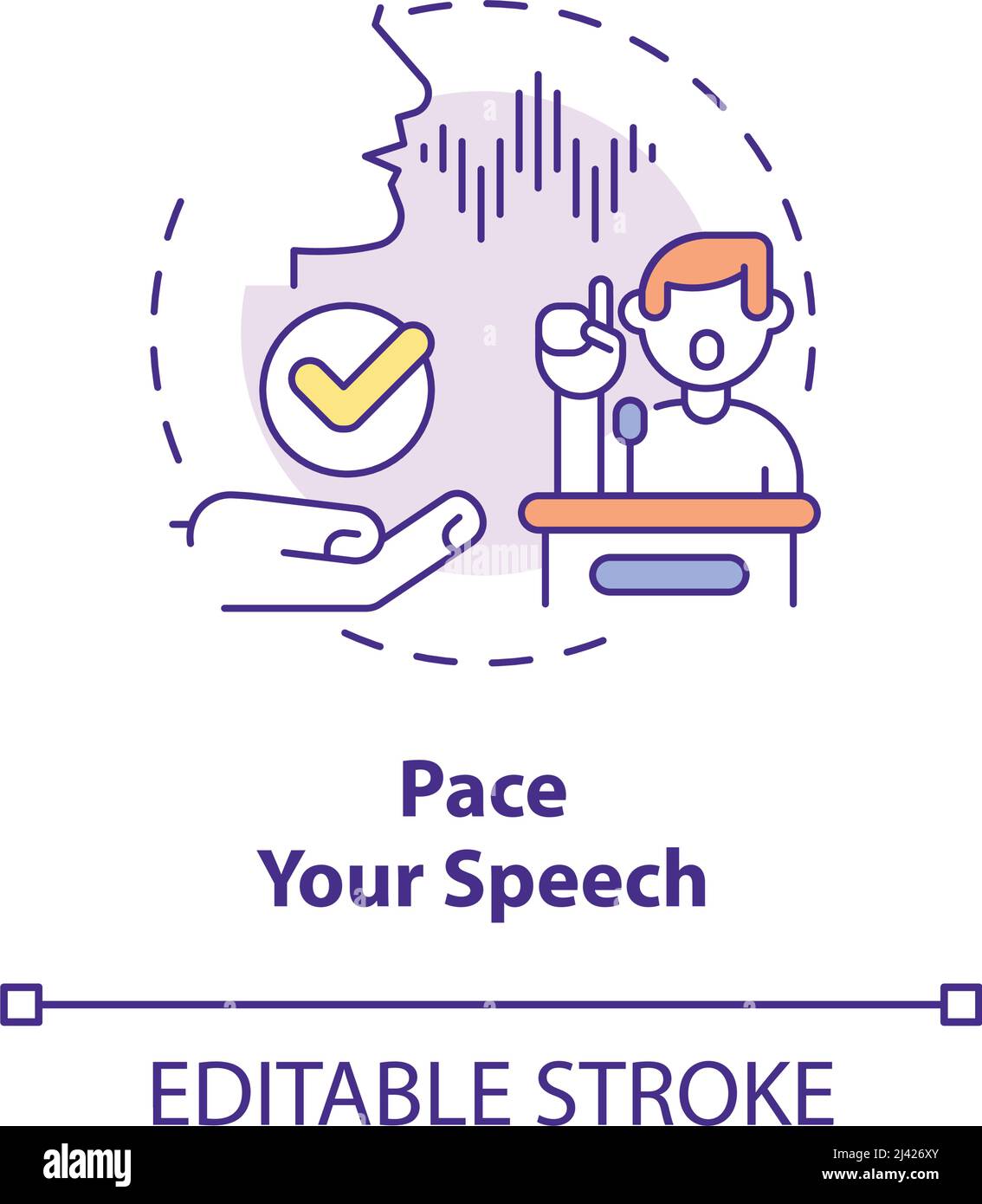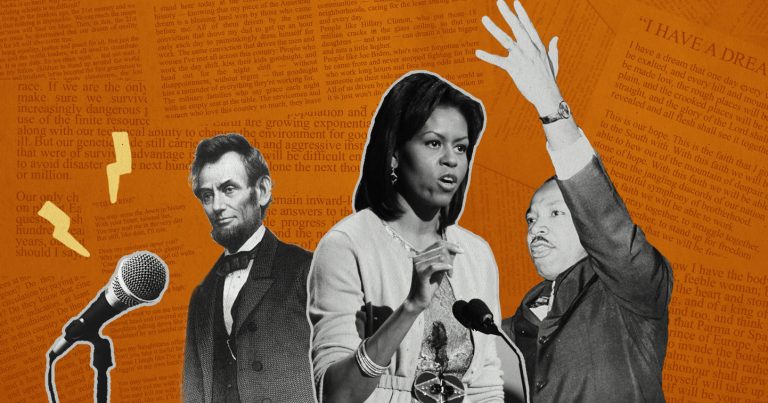How to Pace Your Speech?
Pacing your speech involves speaking at a consistent and appropriate speed, which can be achieved through practice and awareness of your audience’s needs. When delivering a speech, it is important to maintain a suitable pace to ensure that your message is effectively communicated to your audience.
Speaking too fast can result in the information being difficult to comprehend, while speaking too slowly can lead to disengagement. By practicing your speech and taking into consideration the needs and comfort of your listeners, you can find the right balance in your delivery.
We will explore some tips and techniques to help you pace your speech effectively and engage your audience throughout.
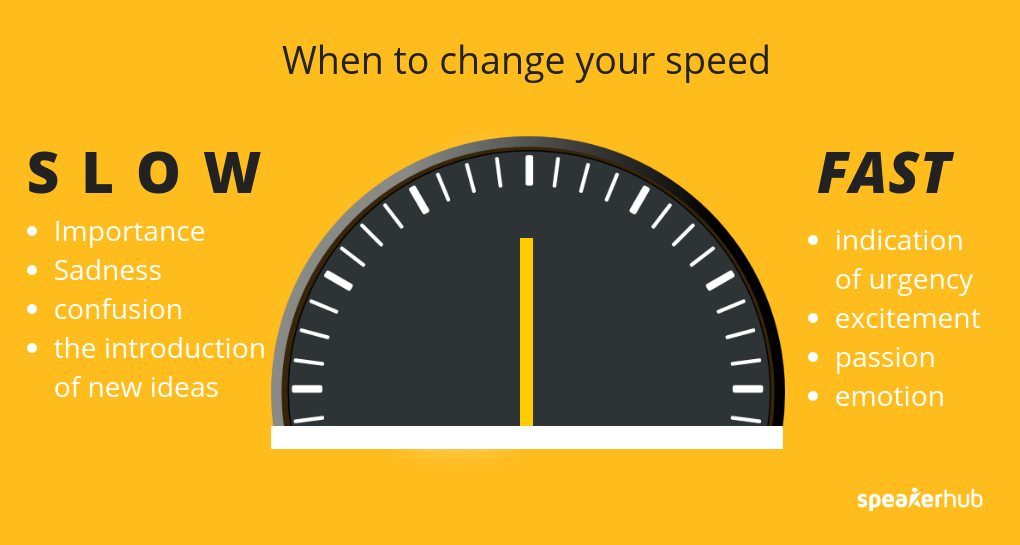
Credit: speakerhub.com
Importance Of Pacing
Pacing is crucial in speech delivery. It ensures that your audience stays engaged and can follow your thoughts and ideas. By varying your speed and rhythm, you can effectively emphasize key points and maintain the interest of your listeners.
Maintaining Audience Engagement
Pacing plays a crucial role in maintaining audience engagement during a speech or presentation. When a speaker maintains an appropriate pace, it captivates the audience’s attention and keeps them actively involved in the conversation. This is particularly important in today’s fast-paced world where people have shorter attention spans. By ensuring that your speech is paced appropriately, you are more likely to keep your audience engaged and interested in what you have to say.
Emphasizing Key Points
Pacing also allows you to effectively emphasize key points in your speech. By slowing down or pausing before stating a critical piece of information, you create anticipation in the audience. This anticipation helps to highlight the significance of the point you are about to make, making it more impactful and memorable. Additionally, a well-paced speech gives the audience time to absorb and process the information you are sharing, increasing the likelihood that they will understand and remember your key points.
Using Appropriate Pauses
A great way to incorporate pacing into your speech is through the use of appropriate pauses. Pauses can be used strategically to emphasize important points, allow your audience to reflect on what you’ve said, or build suspense. When used skillfully, pauses can create a powerful effect, leaving a lasting impression on your audience. By controlling the pace of your speech and using pauses effectively, you can guide your audience’s attention and ensure that your message is received and understood.
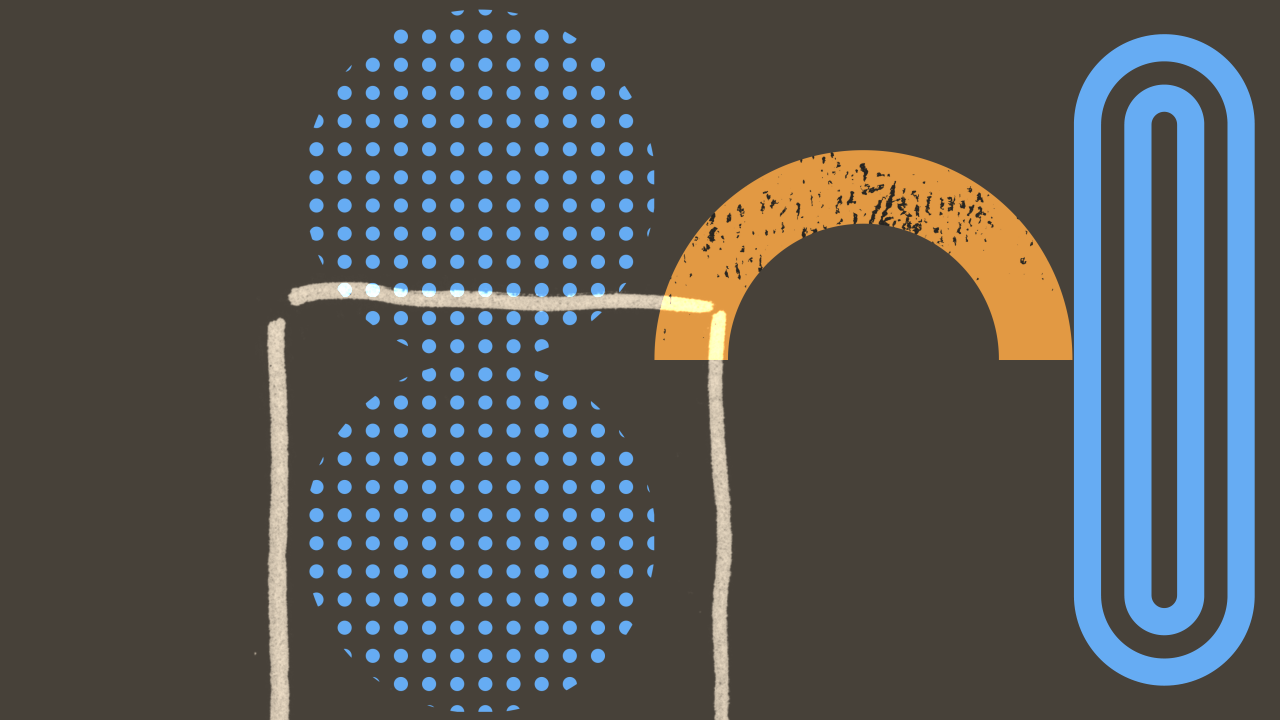
Credit: www.linkedin.com
Understanding Pacing In Public Speaking
Discover the art of pacing in public speaking and master the skill of delivering a speech. Learn how to effectively control the speed and rhythm of your words to engage and captivate your audience.
Defining Speech Pacing
When it comes to public speaking, one of the key elements that can make or break your delivery is speech pacing. But what exactly is speech pacing? In simple terms, it refers to the speed at which you speak and the rhythm you create with your words. Having the right speech pacing is crucial for effective communication and engaging your audience.
In public speaking, pacing refers to the speed and rhythm of your speech. It determines how your message is received and understood by the listeners.
How Pacing Affects Communication
Understanding the impact of pacing on communication can help you master this skill and deliver your message with confidence and clarity. Let’s explore how pacing affects communication:
- Engagement: The pace at which you speak can either captivate your audience or leave them disinterested. A steady and deliberate pace can hold their attention and maintain engagement throughout your speech.
- Comprehension: Proper pacing allows your listeners to fully grasp and comprehend your message. Speaking too quickly can overwhelm them, while speaking too slowly may lead to boredom or confusion. It is essential to find the right balance that allows your audience to follow along easily.
- Emphasis: Pacing plays a vital role in emphasizing important points or ideas. By adjusting your speed, pausing strategically, and varying your rhythm, you can highlight key concepts and evoke emotions in your listeners.
- Delivery: Effective pacing enhances your overall delivery and credibility as a speaker. It gives you time to breathe, maintain proper articulation, and showcase your confidence. A well-paced speech creates a positive impression, making it easier for your audience to connect with you.
Now that we’ve explored the significance of pacing in public speaking, let’s dive deeper into specific techniques for pacing in our next section.
Tips For Controlling Your Speech Pace
Effective communication is not just about what you say, but also how you say it. One crucial aspect of delivering a speech or presentation is controlling your speech pace. Speaking too fast can leave your audience feeling overwhelmed and unable to fully comprehend your message, while speaking too slowly can result in boredom and disengagement.
Practice And Rehearsal Techniques
Practicing and rehearsing your speech is essential for improving your speech pace. Here are some techniques to help you pace your speech effectively:
- Read your speech out loud multiple times to get a feel for the natural flow and rhythm of the words.
- Record yourself while practicing and listen to the recording to identify areas where you’re speaking too fast or too slow.
- Divide your speech into sections or paragraphs and practice each section separately until you feel comfortable with the pace.
- Use a timer or stopwatch to time yourself during practice sessions and aim for consistency in your speech pace.
Utilizing Pauses Effectively
Pauses are a valuable tool for controlling your speech pace and adding emphasis to important points. Here’s how you can effectively utilize pauses:
- Before delivering a vital point, pause briefly to build anticipation and grab your audience’s attention.
- When transitioning between ideas or sections, use a short pause to allow your audience to digest the information.
- If you notice your speech pace is becoming too fast or you’re feeling out of breath, take a moment to pause and collect yourself before continuing.
Remember, it’s not just about the words you say, but also the silence you leave between them. Utilizing pauses effectively can significantly enhance your speech pace and overall delivery.
The Role Of Body Language In Pacing
When it comes to delivering a compelling speech, pacing plays a crucial role in maintaining the audience’s interest and conveying your message effectively. While verbal cues such as intonation and speed are commonly considered, nonverbal cues like body language also significantly impact the pacing of your speech. Understanding and harnessing the power of body language can enhance the overall presentation and engagement levels with your audience.
Using Gestures To Enhance Pace
Gesturing is an effective way to enhance the pace of your speech and make it more captivating. By using appropriate hand movements and gestures, you can emphasize key points, illustrate concepts, and add variation to your speech. For example, when discussing a rising trend, you can raise your hand gradually to demonstrate the upward movement and intensity. Similarly, to convey a decrease, you can bring your hand down subtly. These gestures not only provide visual cues but also enhance the rhythm and flow of your speech, ensuring that the audience stays engaged.
Matching Verbal And Nonverbal Cues
Your verbal and nonverbal cues should align seamlessly to create a cohesive and impactful speech. When it comes to pace, syncing your body language with your words is essential. If you are speaking slowly and emphasizing certain aspects, your body language should mirror this by using deliberate and controlled gestures. On the other hand, when conveying excitement or enthusiasm, your gestures can become more lively and animated, matching the faster pace of your speech. By matching these cues, you create a harmonious connection between words and body language, effectively conveying your messages.
Effective pacing in a speech is not solely dependent on words alone. The role of body language in pacing is undeniable, as it adds depth, nuance, and impact to your overall delivery. By incorporating gestures that enhance pace and ensuring your verbal and nonverbal cues are in sync, you captivate your audience and leave a lasting impression. Mastering the art of utilizing body language to pace your speech will take your communication skills to new heights.
Adapting Speech Pace To Different Settings
When it comes to effective communication, the pace of your speech can make a world of difference. Whether you’re giving a formal presentation or having an informal conversation, adjusting your speech pace appropriately can help you convey your message with clarity and impact. In this article, we will explore two important settings where speech pace plays a crucial role: formal presentations and informal conversations.
Finding The Right Pace For Formal Presentations
Formal presentations demand a certain level of professionalism and precision. To engage your audience and leave a lasting impression, it’s crucial to find the right pace for your speech. Here are a few tips to help you maintain an optimal pace during your formal presentation:
- Start with a strong opening: Begin your presentation at a moderate pace to capture the attention of your audience and set the tone for the rest of your talk. Avoid rushing or speaking too slowly, as both can hinder comprehension.
- Divide your content into manageable chunks: Breaking your presentation into smaller sections and organizing them logically can help you maintain a steady pace throughout. This also allows your audience to digest the information more easily.
- Use strategic pauses: Pauses are powerful tools that can help emphasize key points and give your audience time to absorb what you’ve just said. Be intentional with your pauses, and don’t be afraid to embrace moments of silence.
- Be mindful of enunciation and articulation: Speaking clearly and enunciating your words properly ensures that your audience can follow along without difficulty. Pay attention to your pronunciation and take your time when necessary.
Adjusting Pace For Informal Conversations
Informal conversations, on the other hand, call for a more relaxed and natural pace. Whether you’re chatting with friends, colleagues, or acquaintances, adapting your speech pace can help foster better communication. Consider these points when engaging in informal conversations:
- Mirror the pace of the person you’re talking to: Pay attention to the speed at which the other person is speaking and try to match their pace. This builds rapport and creates a more comfortable conversational flow.
- Allow for pauses and interjections: Informal conversations often involve interruptions, interjections, and moments of silence. Embrace these breaks, as they contribute to the dynamic and interactive nature of the exchange.
- Be mindful of body language and non-verbal cues: In informal settings, it’s important to be aware of the non-verbal signals you’re sending. Your body language and gestures should align with the pace and tone of the conversation, enhancing understanding and connection.
- Emphasize key points through intonation: While maintaining a relaxed pace, use variation in your intonation to highlight important information and express enthusiasm, surprise, or emphasis. This helps engage your listener and adds depth to the conversation.
In conclusion, adapting your speech pace to the setting you’re in is crucial for effective communication. Whether you’re delivering a formal presentation or engaging in an informal conversation, finding the right pace helps ensure that your message is conveyed clearly and understood by your audience.
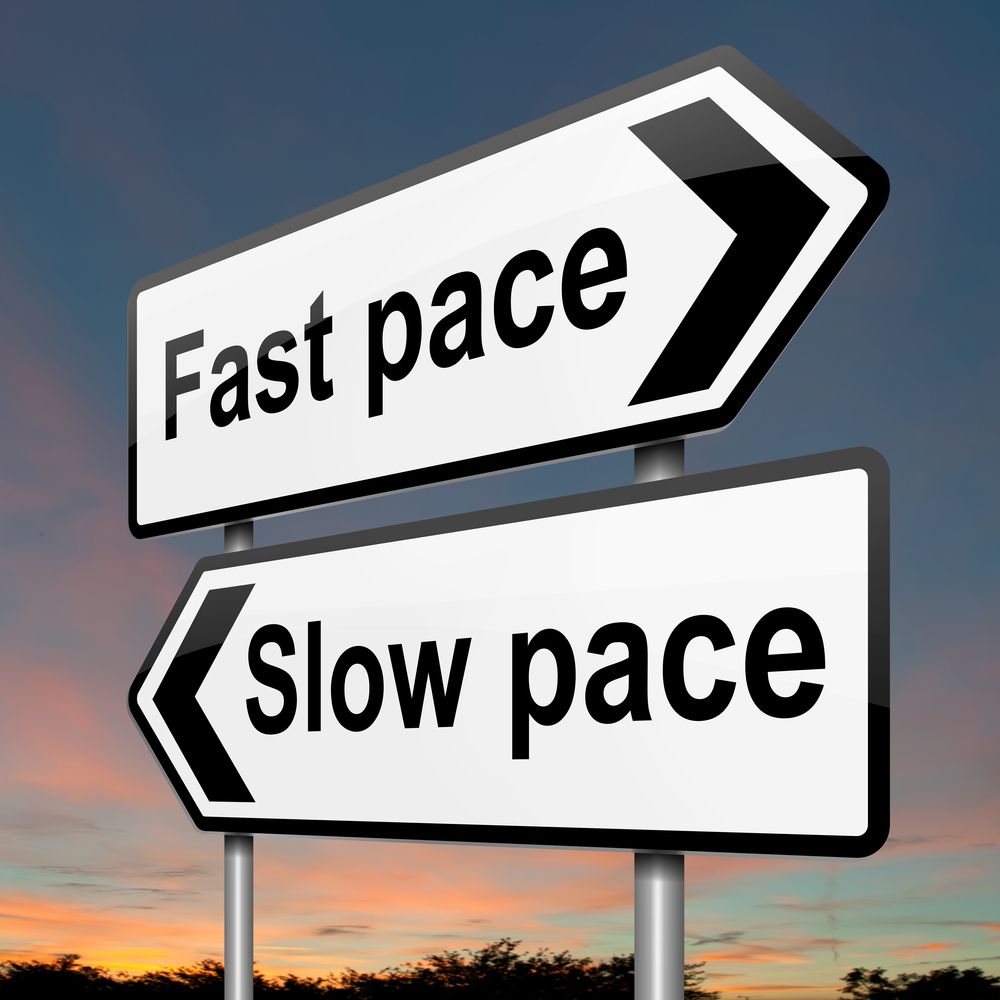
Credit: www.melsherwood.com
Frequently Asked Questions On How Do You Pace Your Speech?
How Can I Improve My Speech Pacing?
Improving speech pacing involves practicing pauses, using varying speech rates, and incorporating emphasis.
What Is The Ideal Pace For A Speech?
The ideal pace for a speech depends on the context, but generally, a moderate pace that allows for clarity and audience engagement is recommended.
How Does Speech Pacing Affect Audience Engagement?
Speech pacing greatly impacts audience engagement by helping them follow along, understand the content, and remain interested throughout the speech.
Conclusion
To effectively pace your speech, it is crucial to strike a balance between speed and clarity. Incorporating pauses and varying your tempo enables your message to be easily understood and absorbed by the audience. Remember, a well-paced speech allows you to connect with your listeners, maintain their attention, and enhance the overall impact of your delivery.
So take your time, use effective techniques, and captivate your audience with a well-paced speech!
